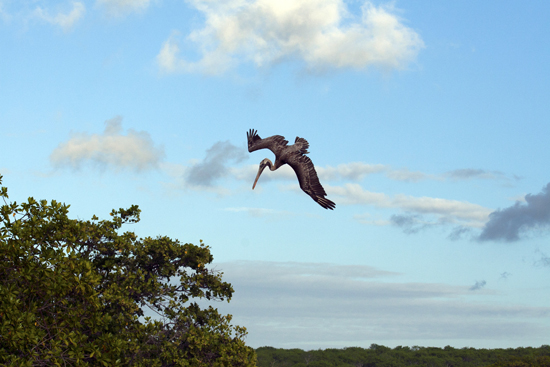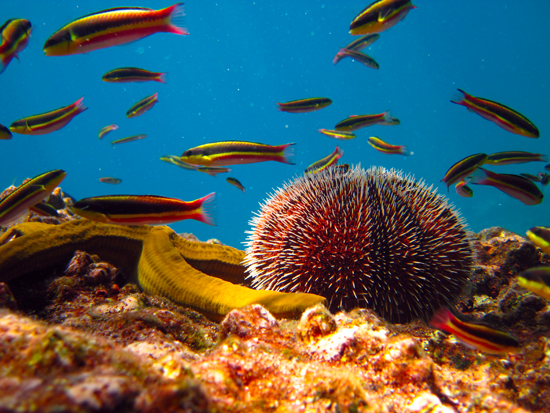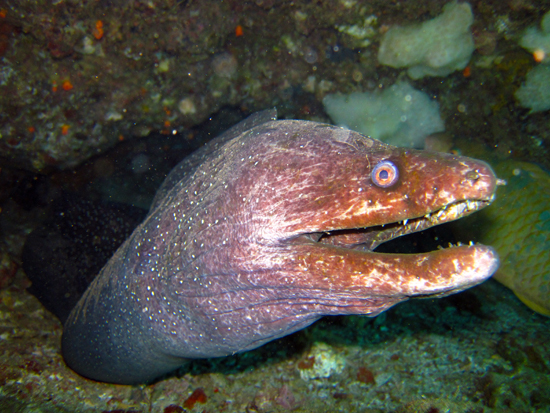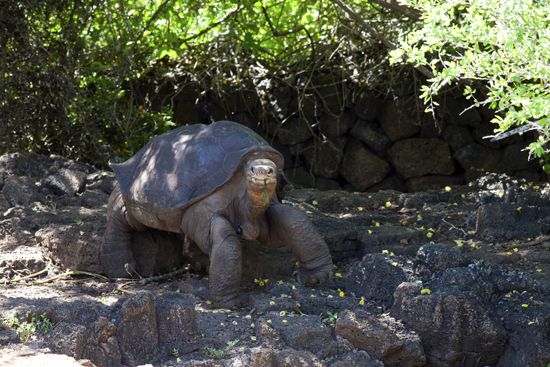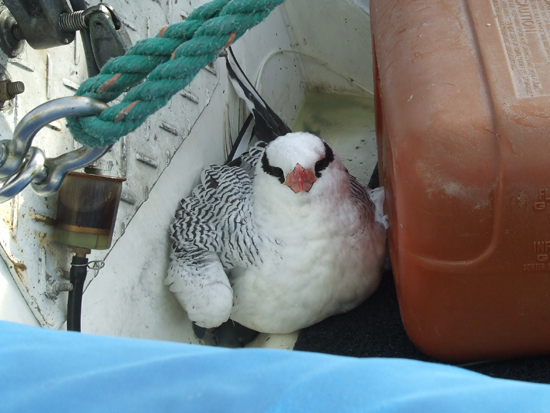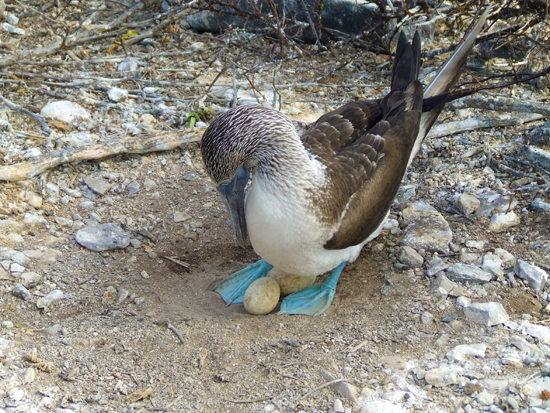The Holbrook Explorer

Galápagos Islands: ‘It’s a special place’
Galápagos Islands: ‘It’s a special place’
The sounds of a protective mother resonate the island of North Seymour. She cries out against a Galápagos Sea Gull that’s trying to eat the placenta that was left over from her new baby sea lion. She thinks the sea gull is after her baby but eating the aftermath of birthing is just part of a sea gull’s diet. “I felt like I was in a National Geographic film,” Laura Hare, Holbrook Travel destination consultant said about the scene. 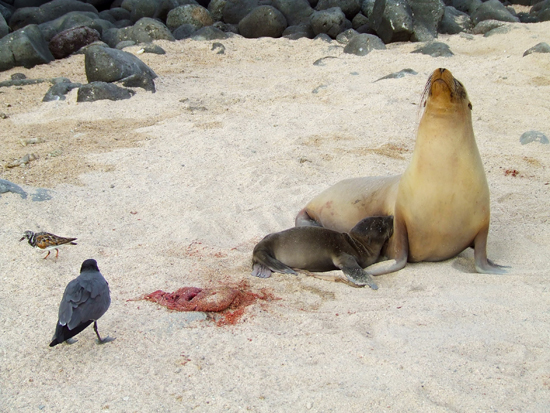
Photo by Laura Hare
“I felt like I was in a National Geographic film,” Laura Hare, Holbrook Travel destination consultant said about the scene.
Imagine being able to photograph this moment and bring home pictures of the last living giant tortoise of his kind, Lonesome George, and many more rare species that call the Galápagos Islands home.
Each island is filled with an abundance of animals. “There’s a photo opportunity every 10 feet,” Hare said.
Jill Richmond, Road Scholar participant, experienced photo opportunities firsthand during a photography program with the founder of Wildstock Photography, Reinier Munguia.
Munguia taught Richmond and everyone else on the program how to capture the beauty of the islands. In mainland Ecuador, he gave photography lessons in Quito before the group flew to the Galápagos Islands.
Participants learned different techniques such as how to capture animals in action.
“I learned how to take pictures of birds in flight,” Richmond said, “but it was a challenge.”
Photo by Jill Richmond
The photography group Munguia led took photographs from 6 a.m. – 9 a.m. and late in the evening until dusk, because the light from the sun was best during those times.
The time frames set aside for the photo shoots weren’t the only times Richmond used her camera. She also took underwater pictures. From swimming with Galápagos Penguins, sharks and eels, Richmond captured every moment of her trip with over 2,000 pictures.
Photo by Jill Richmond
Photo by Jill Richmond
Hare, who attended a program with a Road Scholar group, was able to fill her own albums with photos from the mother sea lion fighting off the sea gull to the only tortoise that has made the book of “Guinness World Records.”
Both Hare and Richmond agree photographing sea lions is a top contender of their favorite animals caught on camera.
Photo by Jill Richmond
“They are not afraid to see you,” Hare said. “That’s what’s great about that place.”
Hare said although most of the animals on the islands are not afraid of getting close to humans, sea lions and tortoises are the easiest to photograph.
In many of the islands, sea lions lie anywhere they please, but one particular female sea lion felt the deck of the boat Hare and her group was sleeping in was just the right spot for a nap.
However, she wasn’t the only who one found a cozy spot to hang out on. On a different occasion, the group found a tropical bird in the back of the boat hiding between coolers. 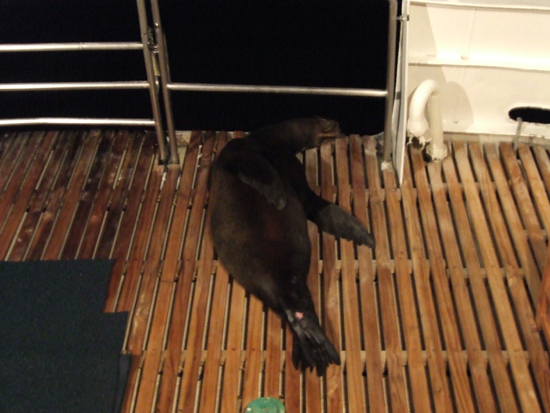
Photo by Laura Hare
Photo by Laura Hare
Everyone in the group was excited to take pictures on both occasions. While on the islands, participants took photos of marine lizards, Galápagos Penguins, Blue-footed Boobies, flamingos, crabs and more.
Animals aren’t the only things to admire in the Galápagos Islands. Hare described the terrain of some of the islands with volcanic rocks felt as if she was walking on the moon.
Another quality that sets apart the Galápagos Islands from other islands is the range of colors of the water and sand of the beaches.
On one side of the island of Floreana, the beach is of volcanic origin composed of olivine crystals, giving it a greenish tinge. On the other side, the island has fine white sand due to the erosion of coral skeletons. This beach is a nesting site for green sea turtles.
Hare encourages everyone to visit the islands to experience nature and she suggests if you’re planning to attend a photography program, be sure to have the necessary tools for your camera.
“I was just in heaven the whole time,” Hare said.
Photo by Laura Hare
Photo by Laura Hare

